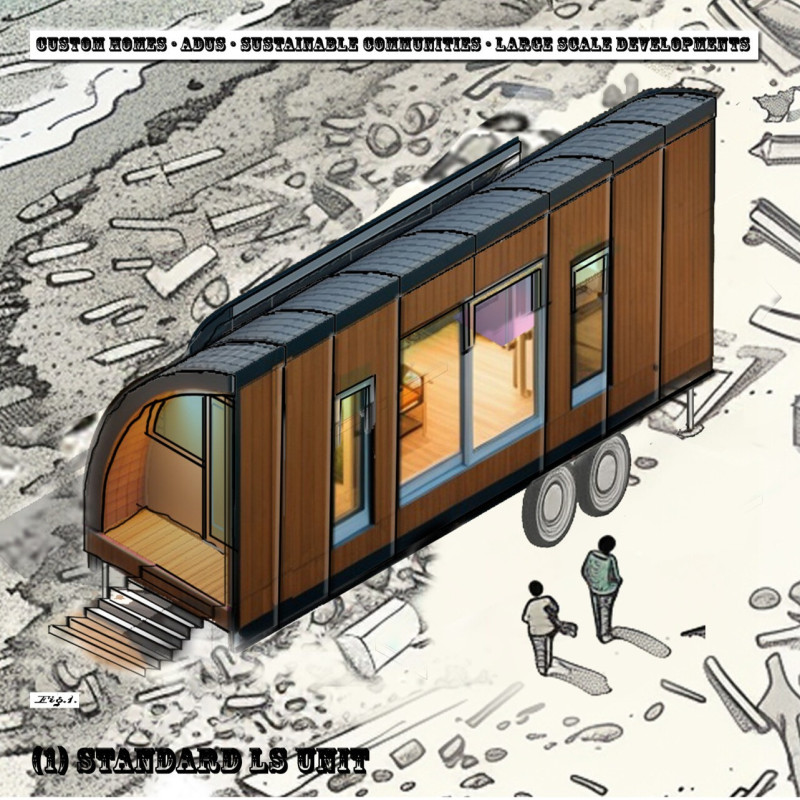5 key facts about this project
The architectural design reflects a commitment to both form and function, with a careful consideration of the building's user experience. The exterior features a blend of materials that not only enhance the visual appeal but also contribute to the building's performance. Utilizing locally sourced materials such as brick, glass, and steel, the project demonstrates an effort to reduce the carbon footprint while ensuring durability. The use of large glass panels allows natural light to permeate the interior spaces, creating an inviting atmosphere and minimizing the reliance on artificial lighting.
As one enters the facility, a spacious and open floor plan is immediately apparent. This layout encourages interaction and collaboration among users, fulfilling the project's goal of being a community hub. The incorporation of communal spaces, such as lounges and meeting areas, highlights the intention behind the design—promoting social engagement and accessibility. The interiors are characterized by a minimalist aesthetic, where functionality is prioritized without sacrificing comfort or style.
Landscaping around the building complements the architecture, enhancing the relationship between the interior and exterior environments. Green spaces, including gardens and seating areas, invite users to engage with nature, further fostering a sense of community. The landscape design incorporates native plants, requiring less maintenance and promoting biodiversity, which aligns with the project’s sustainable ideals.
Unique design approaches include the strategic orientation of the building to optimize energy efficiency. By taking advantage of natural ventilation and passive solar heating, the project not only reduces operational costs but also creates a healthier environment for occupants. Additionally, the implementation of green roofs and rainwater harvesting systems exemplifies innovative thinking in addressing environmental challenges, underscoring the project's commitment to ecological responsibility.
The facility reflects a contemporary architectural language, characterized by clean lines and a cohesive material palette. These design choices contribute to the overall cohesive identity of the building within its context. By prioritizing transparency in design, stakeholders can witness the interactions taking place within, further enhancing the building's role as a social catalyst.
The project is notable for its versatility; spaces within the facility can be easily reconfigured to meet varying needs, making it adaptive to different functions over time. This foresight in design emphasizes the importance of longevity in architectural practice, where flexibility is key to meeting the evolving demands of a community.
In exploring the various architectural plans, sections, and ideas, readers are encouraged to delve deeper into the nuances of this project. The thoughtfully considered design continues to serve as a model of contemporary architecture, demonstrating how effective design can meet the practical needs of a community while respecting the environment and enhancing the quality of life for its users. Visitors are invited to explore the comprehensive project presentation to gain a richer understanding of the architectural design and its impact on the community.


 Paul Henry Stanley
Paul Henry Stanley 























